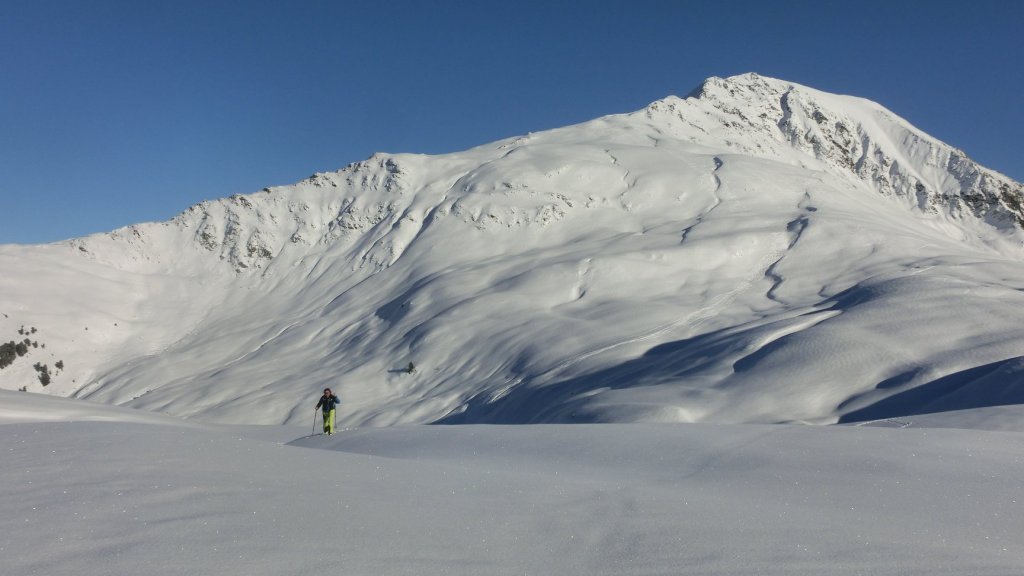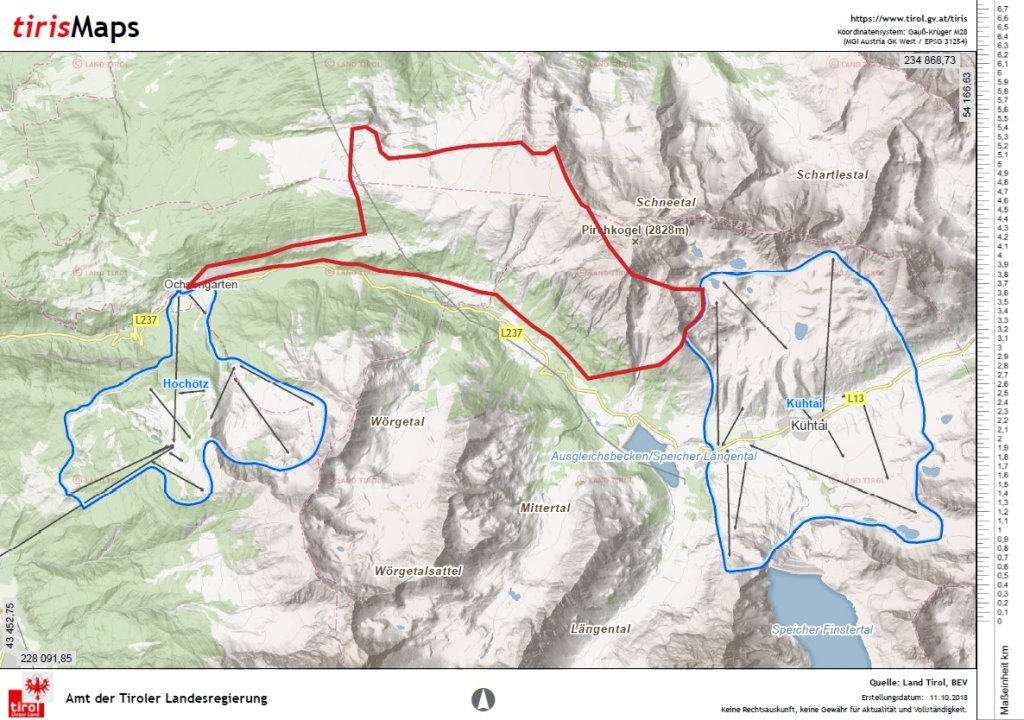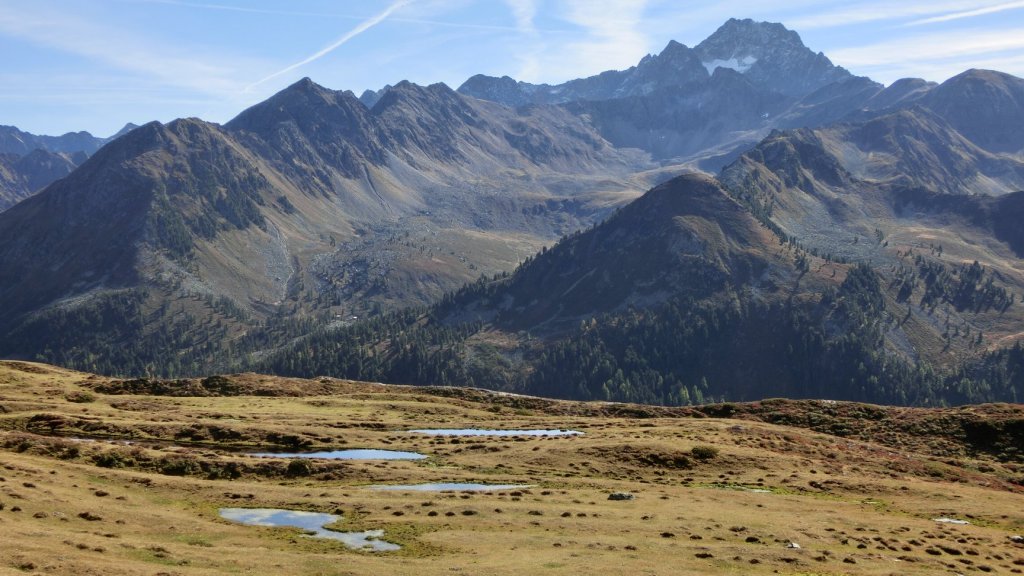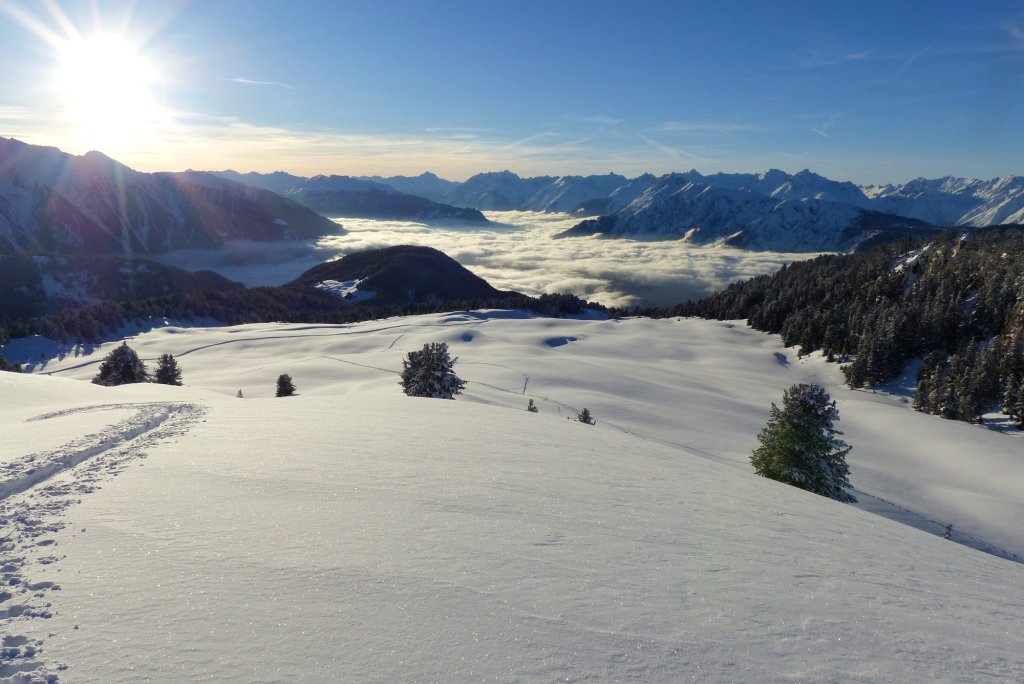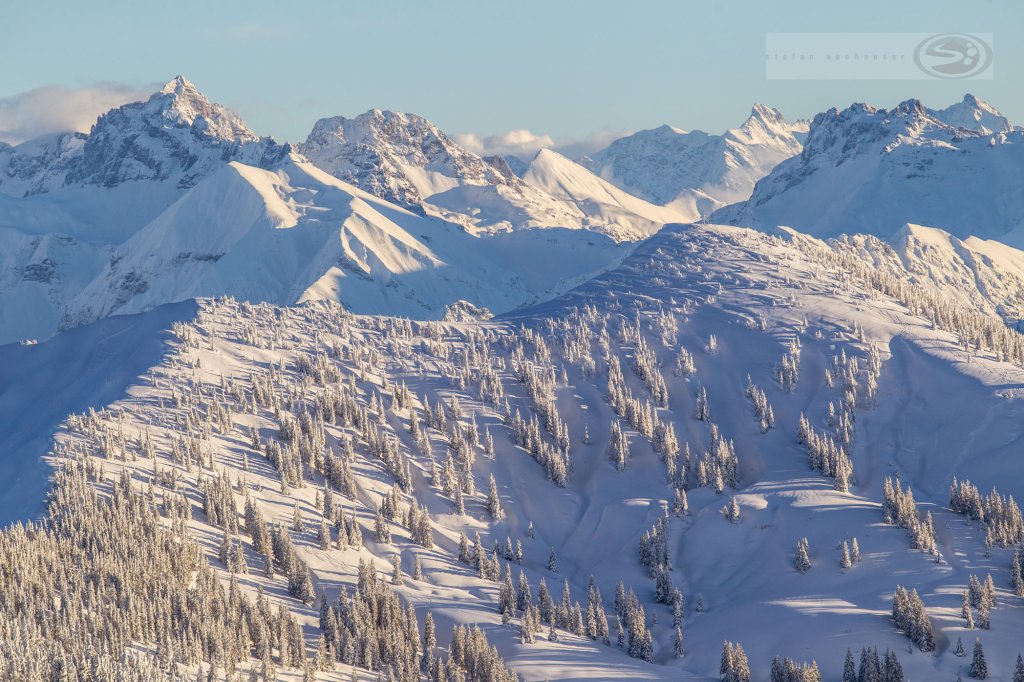In the following, Benjamin describes the development of the TSSP and calls for comments. How did the program come about, what changes have been made and which current projects are affected? An overview:
The Tyrolean Cable Car and Ski Area Program (TSSP for short) expires at the end of 2018. Whether and how the program should be extended is currently the subject of heated debate. The draft for a new program is already available and comments can be submitted until 2 November. Not only environmental or spatial planning experts are invited to do so, all Tyroleans can have their say.
First act: the prehistory
To understand the development of the program, you have to go back to the 1980s. Wendelin Weingartner and Ferdinand Eberle, the provincial councillors at the time, called for a pause for thought in connection with ski resort closures. This statement not only went down in Tyrolean political annals as a catchphrase, but actually led to the first resolution of the "Tyrolean Cable Car Principles" in 1992, a spatial planning policy instrument that was intended to establish clear rules: There should be no more new developments, instead investments should be made in the optimization of existing facilities.
The cable car principles were repeatedly extended until 2004, but there was a catch: they were not legally binding. Cable car projects had to be assessed individually, which often led to lengthy and cost-intensive procedures and was associated with numerous conflicts between environmental organizations and the cable car industry.
Second act: The agreement
The desire for uniform criteria with legally binding force finally led to the "Tyrolean Cable Car and Ski Area Programme" being enacted in 2005. Anna Hosp, the provincial councillor at the time, succeeded in bringing about a consensus between nature conservation organizations and the cable car industry. The ban on new developments and construction measures in protected areas on the one hand and the cost savings from faster procedures on the other meant that both sides were sufficiently satisfied. At least for the time being.
